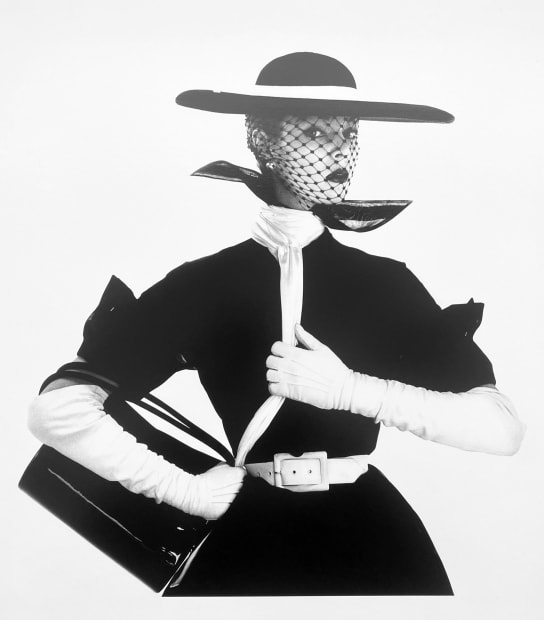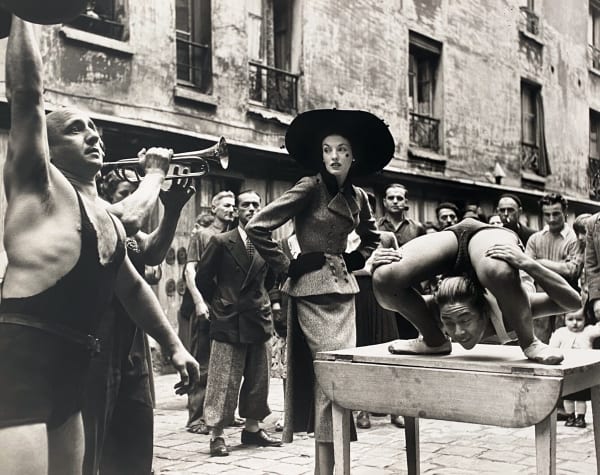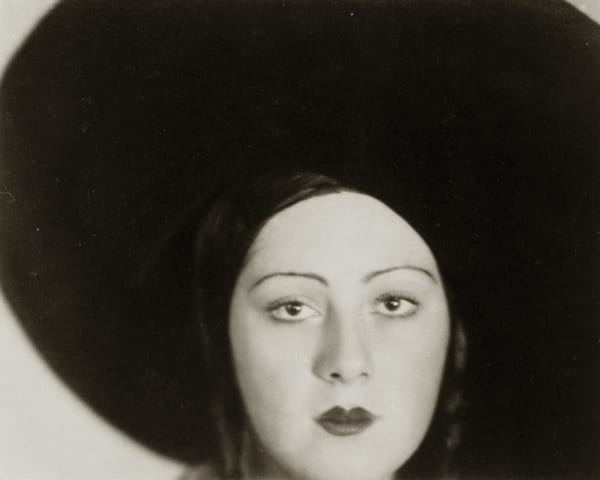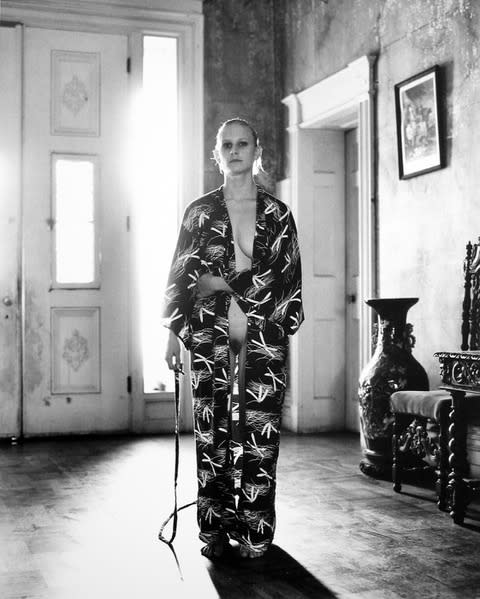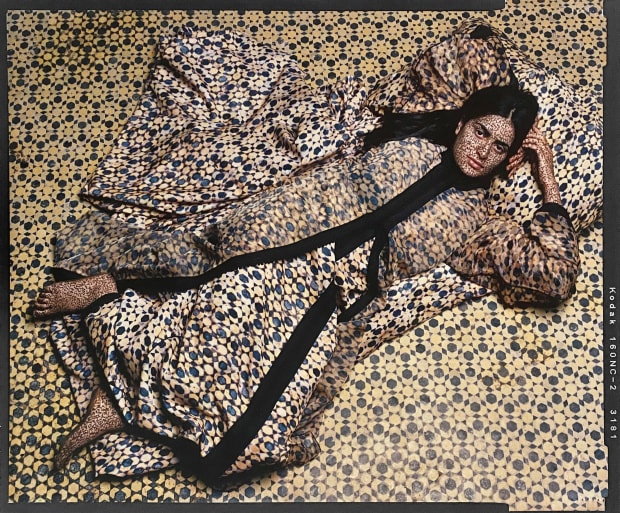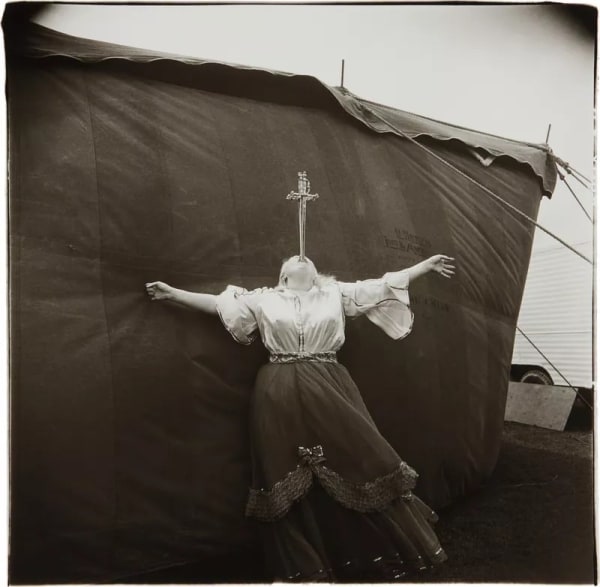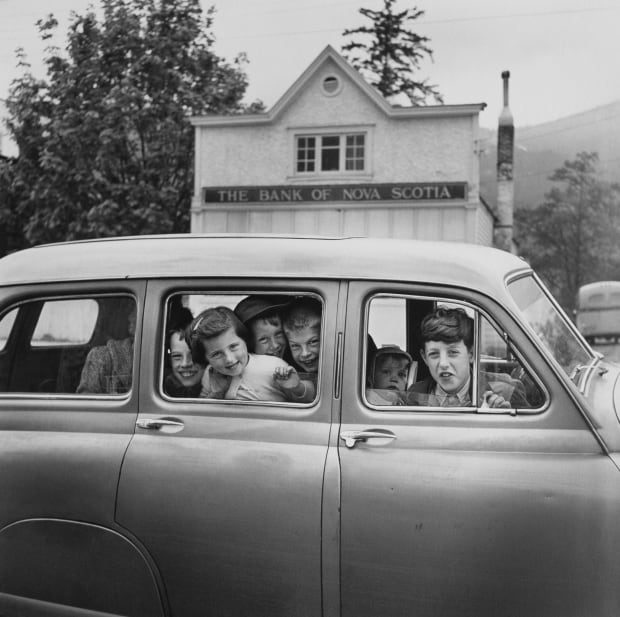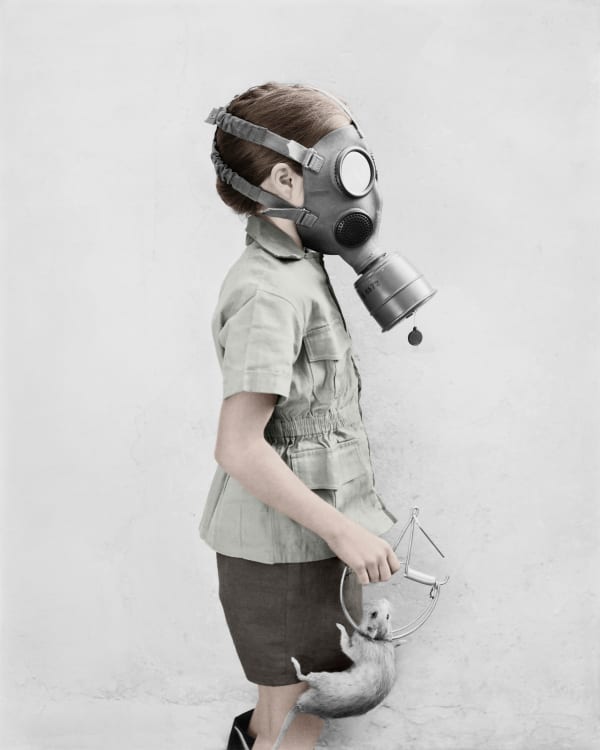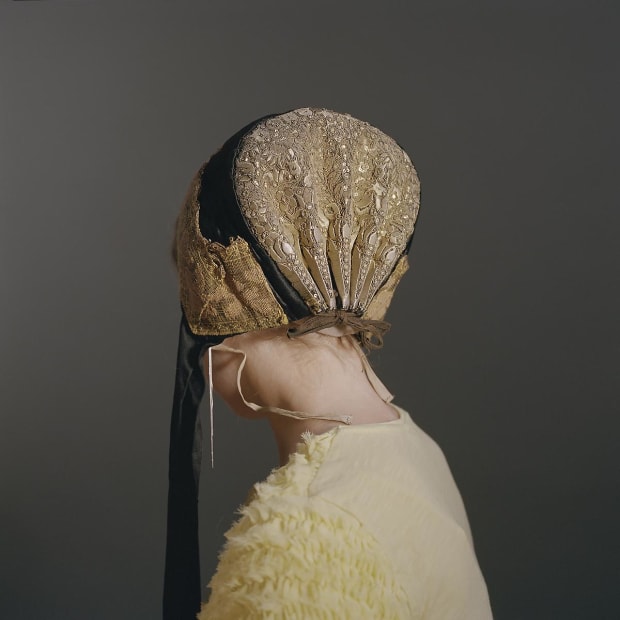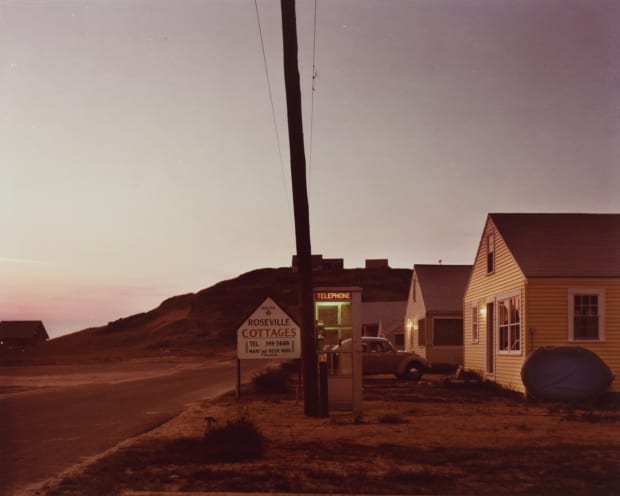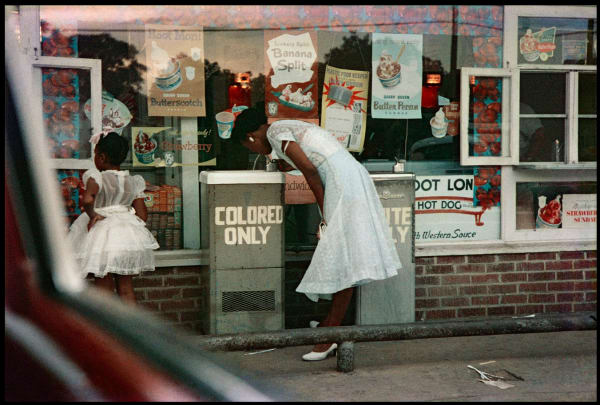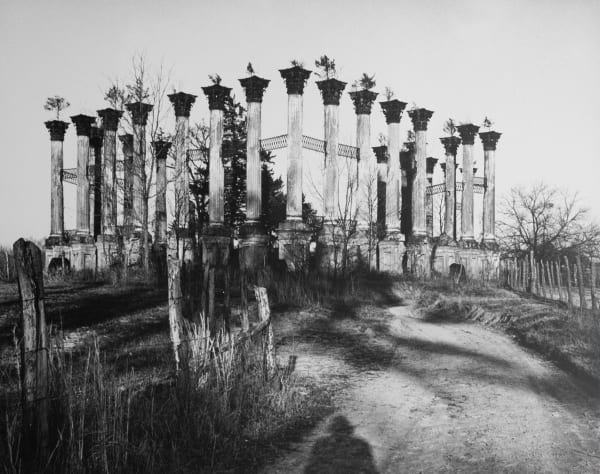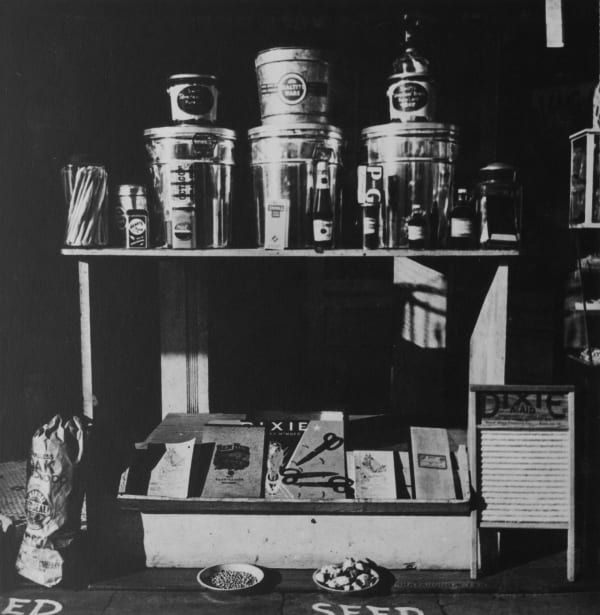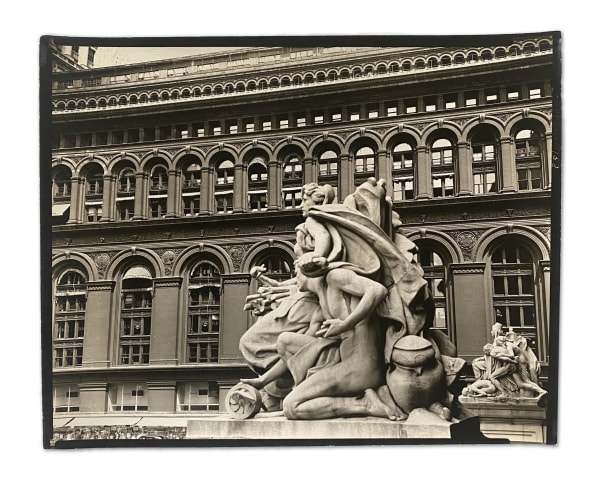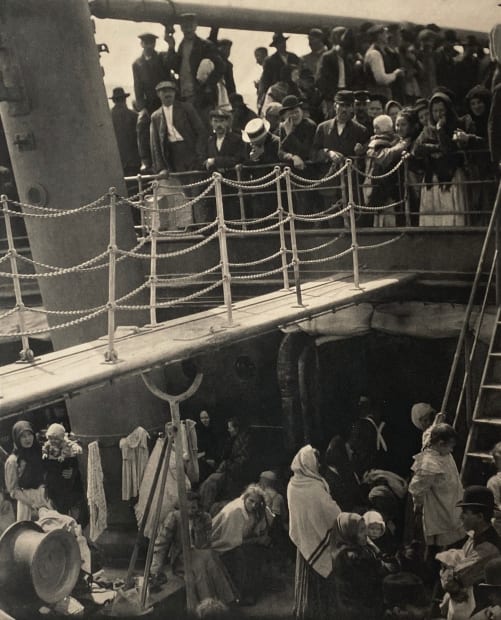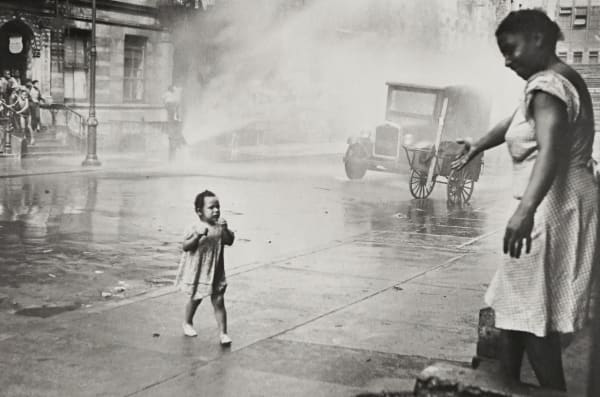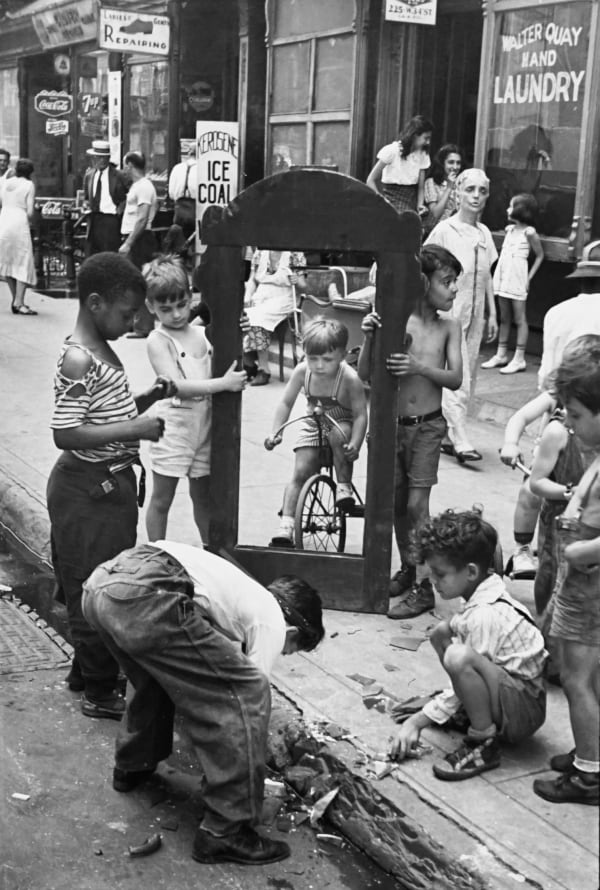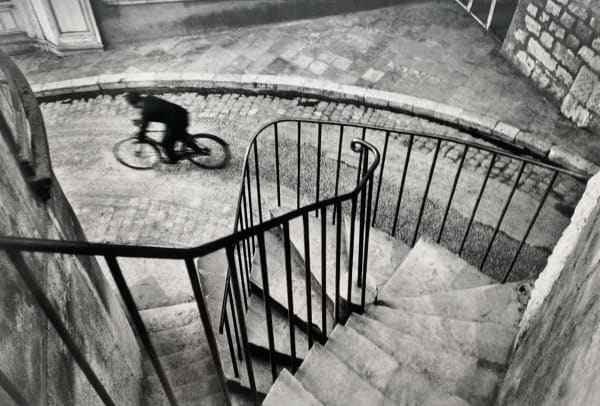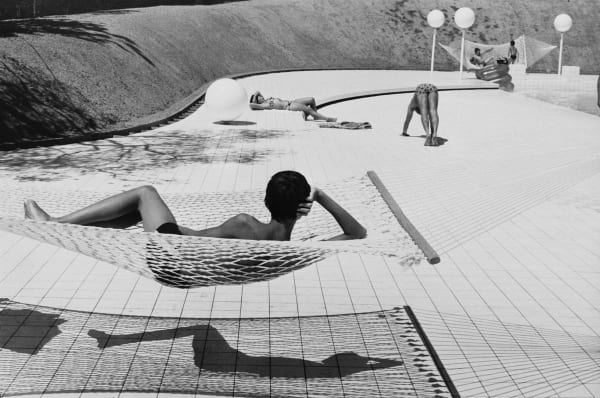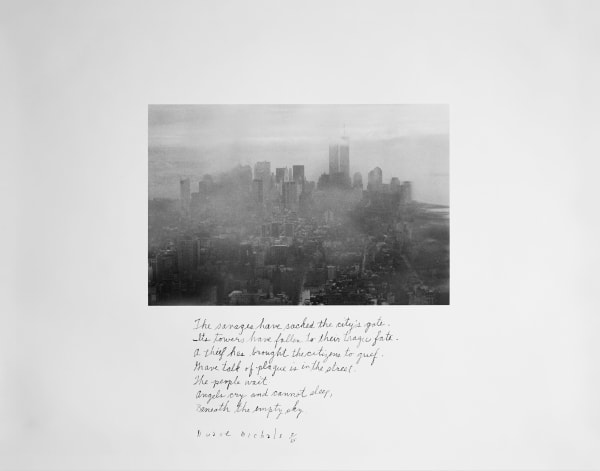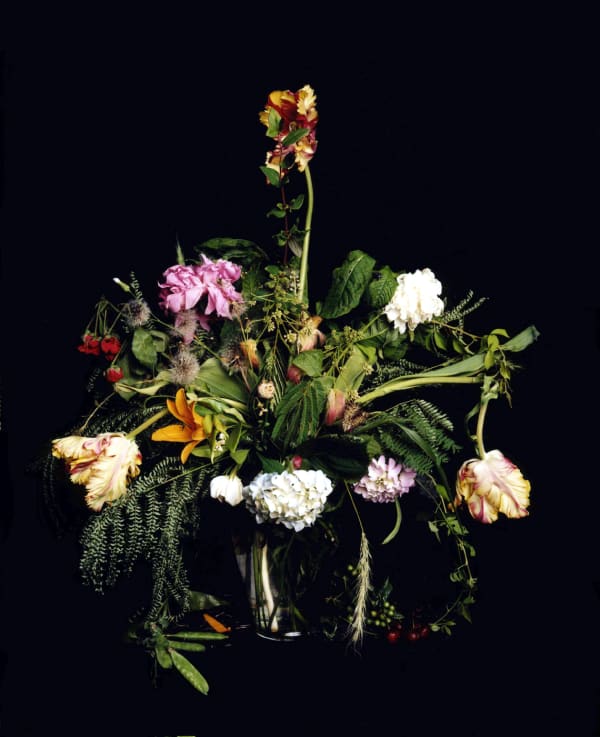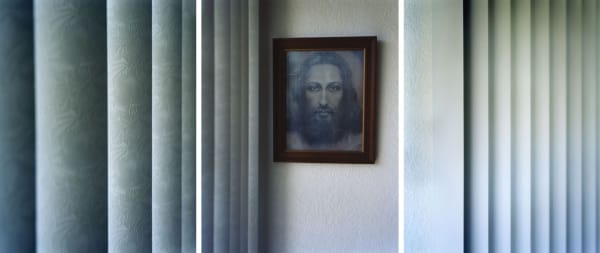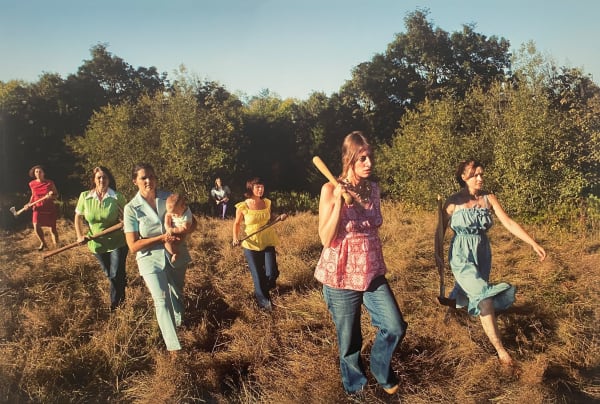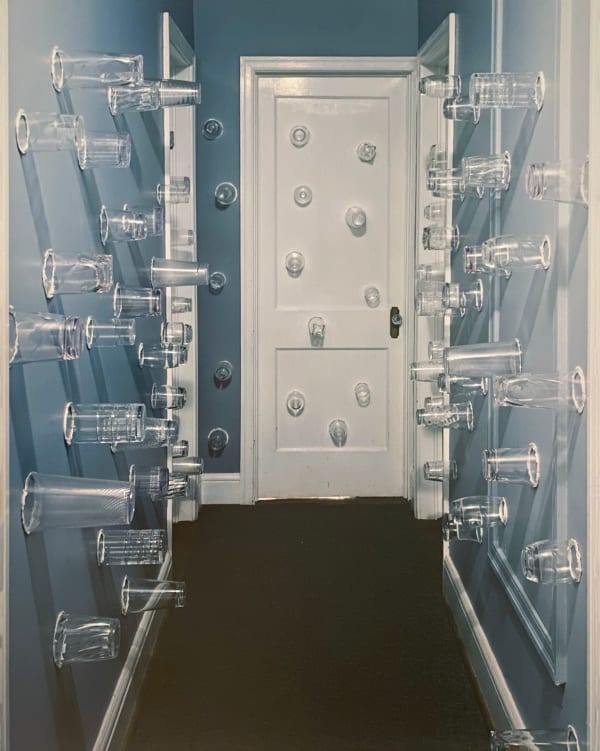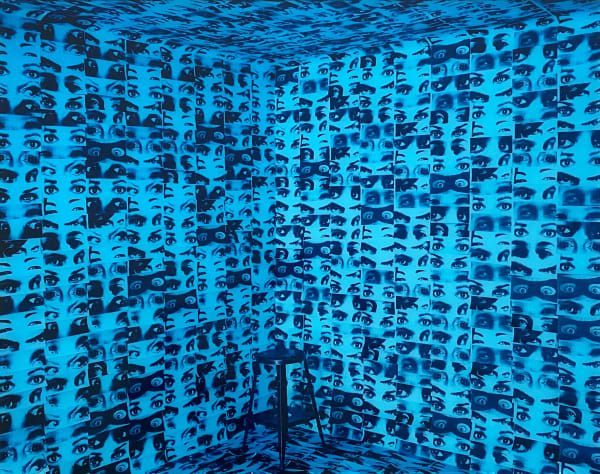-
 This yearly event, with material that rivals a large auction house sale, is a highlight for the gallery and has gained a strong following over the last eight years. Curator Malia Schramm has been with the gallery since 1999 and specializes in secondary market consignments and sales.
This yearly event, with material that rivals a large auction house sale, is a highlight for the gallery and has gained a strong following over the last eight years. Curator Malia Schramm has been with the gallery since 1999 and specializes in secondary market consignments and sales. -

Irving Penn, Black & White Fashion (with Handbag), 1950
-

Ansel Adams
Clearing Winter Storm, Yosemite National Park, California, 1944
“Clearing Winter Storm” is one of Adams’ best-known photographs. “It came about on a December day…. I had been at this location countless times over many years, but only once did I encounter just such a combination of visual elements.” Capturing an iconic image in a rapidly changing and fluid situation like this one requires skill, intuition, and a bit of luck. Adams, also a talented pianist, orchestrated everything in this exceptional picture except for the weather. All of the elements, from the careful placement of his large format camera to his zone-system understanding of light, exposure, and skill in the darkroom (negative development, paper choice, developer choice, dodging and burning) came into play to achieve his final visualization of the scene.
-

Sally Mann
Georgia Untitled (Dodd's Farm), 1996
-

-
-

Robert Rauschenberg
From the Bleacher Series: Captiva Beach House, 1991
This unique work is part of Robert Rauschenberg’s Bleacher series (1988-91). The Bleachers are a group of manipulated, large-format black-and-white Polaroid photographs mounted on aluminum.Robert Rauschenberg's work with large-scale Polaroids marked a significant departure from his earlier artistic endeavors and showcased his innovative spirit in embracing new technologies within the realm of visual arts. Collaborating with the renowned Polaroid Corporation, Rauschenberg explored the creative possibilities offered by instant photography on a larger scale. He used the large format Polaroid to create new as well as to recreate old images taken from the 1950s through the 1980s. He then layered the Polaroid prints with a brushed-on print coater, used to prevent the image from fading, with uneven and emphatic gestural strokes. To enhance the fading of the areas of the print where the coater had not been brushed on, Rauschenberg subsequently exposed the prints to bleach, sun, and high-pressure water before mounting them to metal supports.One of the notable aspects of Rauschenberg's large-scale Polaroids is their dynamic and layered compositions. The juxtaposition of various visual elements, both photographic and non-photographic, imbued his works with a sense of depth and multidimensionality. This blending of mediums challenged traditional distinctions between photography, painting, and collage, reflecting Rauschenberg's longstanding interest in blurring artistic boundaries. This piece was exhibited in the Robert Rauschenberg Retrospective at the Guggenheim Museum in 1997. -

-
-

-
-

-

-
-

-
-

-

-

Gordon Parks
At Segregated Drinking Fountain, Mobile, Alabama (37.009), 1956
-

-
-

-
-

-
-

-
-
-
 Included within our Private Collection Salon & Sale exhibition we are spotlighting an Atlanta collection. This southern woman’s trove reflects her passion for life lived and compassion for the world around her. The collection includes a unique mix of work by Atlanta-based artists, 20th-century American icons, and cutting-edge international photographers. The entire collection was built over time in close collaboration and a trusted friendship with the gallery owner, Anna Skillman. After enriching the walls and spirit of the collector’s private home for many years the collection has now come full circle. We are honored to be entrusted with deaccessioning the work and equally thrilled to be able to share this offering with you.
Included within our Private Collection Salon & Sale exhibition we are spotlighting an Atlanta collection. This southern woman’s trove reflects her passion for life lived and compassion for the world around her. The collection includes a unique mix of work by Atlanta-based artists, 20th-century American icons, and cutting-edge international photographers. The entire collection was built over time in close collaboration and a trusted friendship with the gallery owner, Anna Skillman. After enriching the walls and spirit of the collector’s private home for many years the collection has now come full circle. We are honored to be entrusted with deaccessioning the work and equally thrilled to be able to share this offering with you. -

-
-

-
Private Collections Salon & Sale
Past viewing_room


